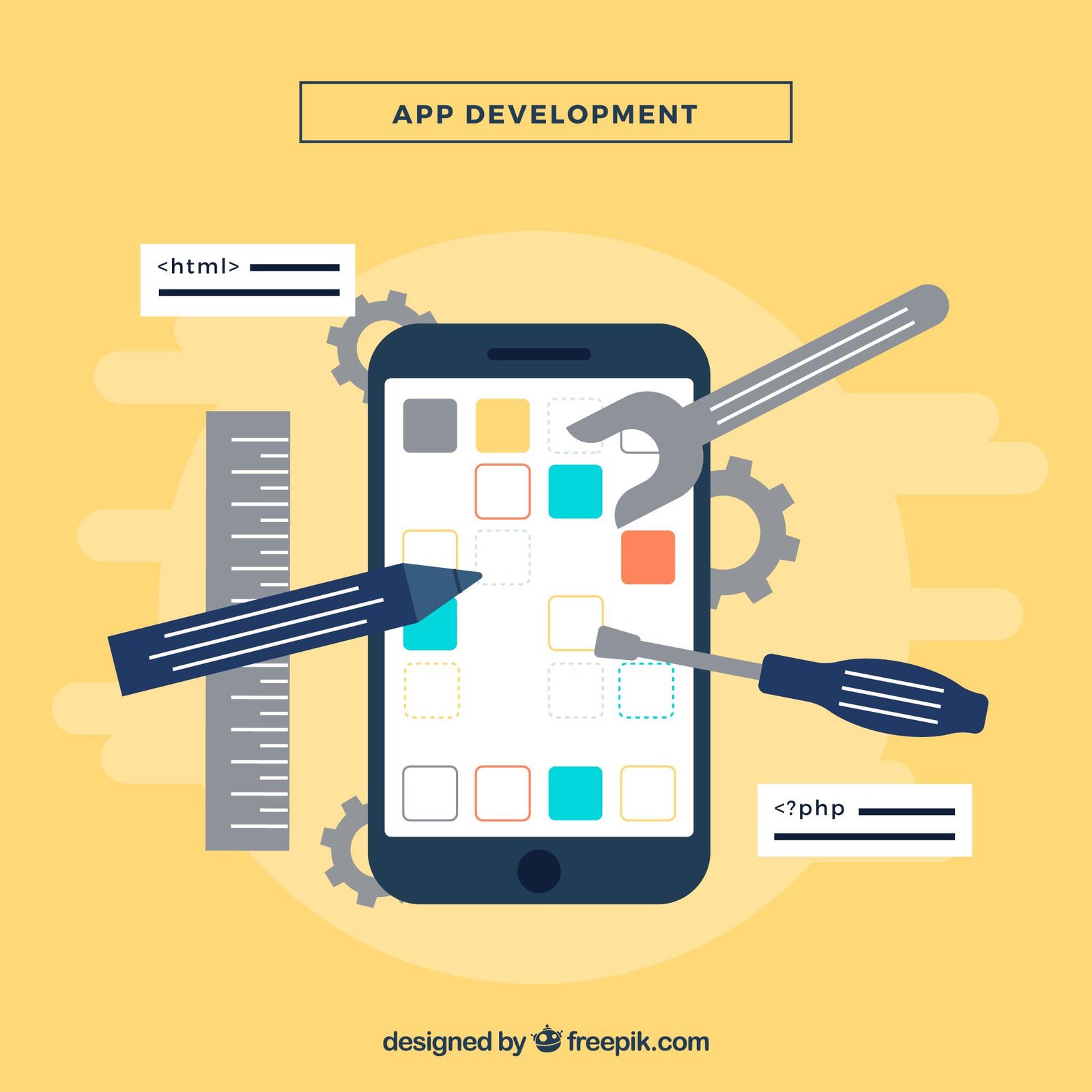No products in the cart.
Explore the leading tools for mobile and web app development in 2025.

In 2025, app development is more accessible and efficient than ever, thanks to powerful tools that cater to various business needs and technical skills. For Lao businesses and developers, choosing the right development tools can dramatically speed up the process, reduce costs, and improve the quality of mobile and web applications.
This article highlights the best app development tools available in 2025, covering frameworks and platforms that excel in performance, scalability, and ease of use.
Overview: Flutter is Google’s open-source UI toolkit for building natively compiled applications for mobile, web, and desktop from a single codebase.
Why It’s Popular:
Fast development with “hot reload” feature.
Beautiful, customizable widgets that create visually appealing apps.
Single codebase for Android, iOS, Windows, Mac, Linux, and web platforms.
Growing community and extensive library support.
Use Cases: Ideal for startups and SMEs in Laos looking for cross-platform apps with attractive UIs and quick deployment.
Overview: React Native, developed by Facebook, allows building mobile apps using JavaScript and React.
Why It’s Popular:
Enables native-like performance with reusable components.
Large community with many pre-built packages.
Supports rapid development cycles.
Use Cases: Suitable for businesses aiming for performance and user experience on both Android and iOS without maintaining separate codebases.
Overview: Bubble is a no-code platform that lets users build fully functional web apps without coding.
Why It’s Popular:
Drag-and-drop interface.
Integrates APIs easily.
Fast prototyping and iteration.
Use Cases: Excellent for entrepreneurs and small businesses in Laos without coding expertise who want to launch apps or marketplaces quickly.
Overview: Power Apps is a low-code platform for building custom business apps quickly.
Why It’s Popular:
Connects easily with Microsoft 365 and Azure services.
Suitable for internal tools and workflow automation.
Enables citizen developers to create apps without deep programming knowledge.
Use Cases: Preferred by enterprises in Laos that rely on Microsoft ecosystems for digital transformation.
Overview: Xamarin allows developing native apps for Android and iOS using C#.
Why It’s Popular:
Full access to native APIs and SDKs.
Strong integration with Microsoft Visual Studio.
Good performance and native look and feel.
Use Cases: Best for developers familiar with C# targeting enterprise-grade mobile apps.
When selecting an app development tool, consider:
Project Scope: Simple apps may benefit from no-code or low-code platforms (Bubble, Power Apps), while complex apps may require Flutter or React Native.
Development Skills: Leverage your team’s expertise—JavaScript, Dart, C#, or no-code tools.
Platform Target: Choose tools that align with your target platforms (web, iOS, Android, desktop).
Budget and Timeframe: Low-code/no-code tools reduce development time and costs but may have limitations.
With these powerful development tools, businesses in Laos can build high-quality apps tailored to their needs efficiently in 2025. Whether you are a developer, entrepreneur, or enterprise, the right tool enables you to deliver engaging user experiences without unnecessary complexity.
At CITS Laos, we provide expert app development consulting and support tailored for the Lao market. Visit cits.la for professional advice and solutions to bring your app ideas to life.